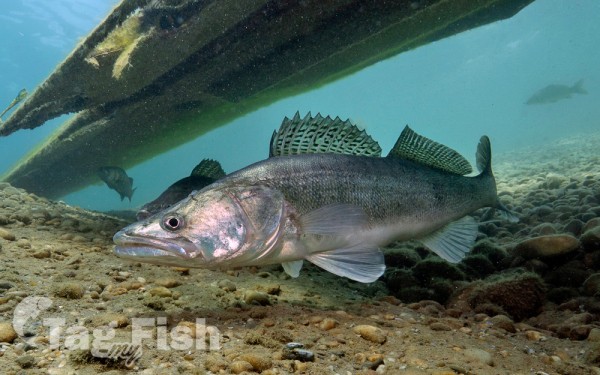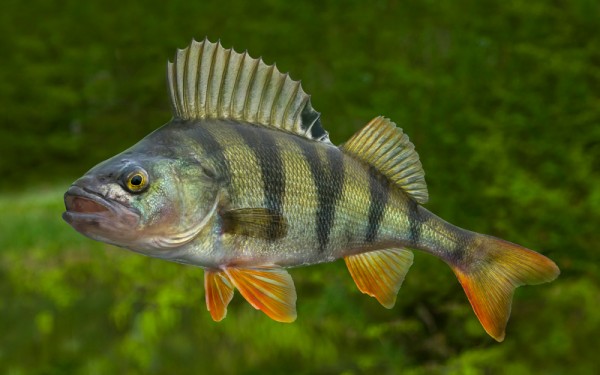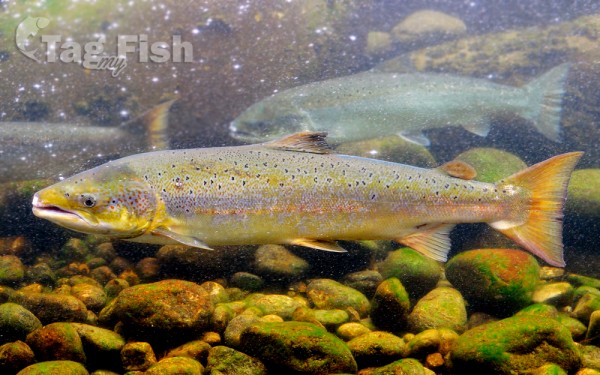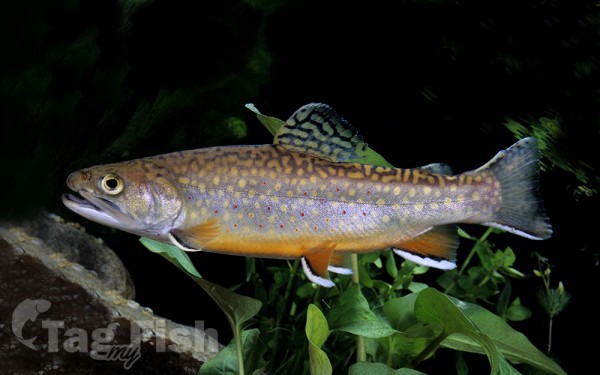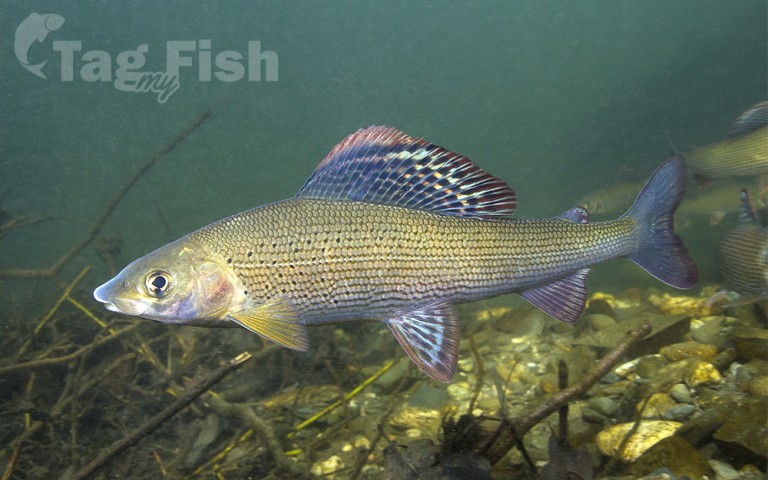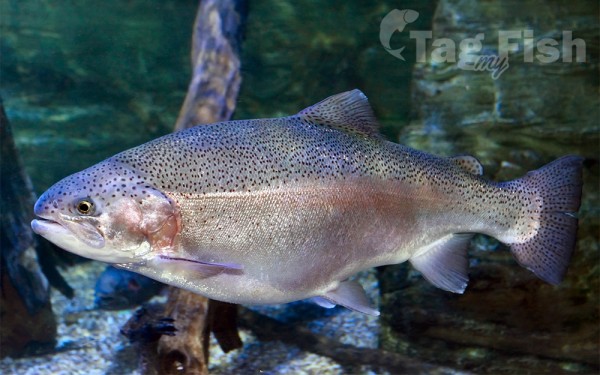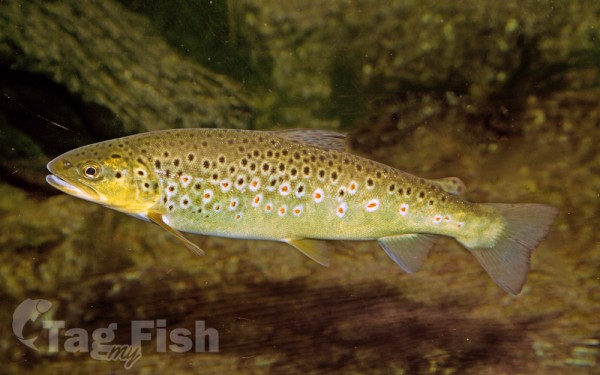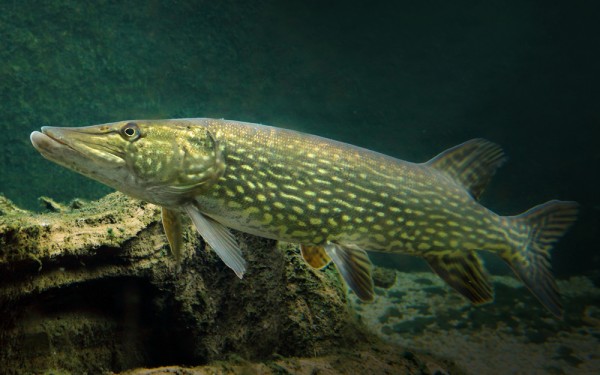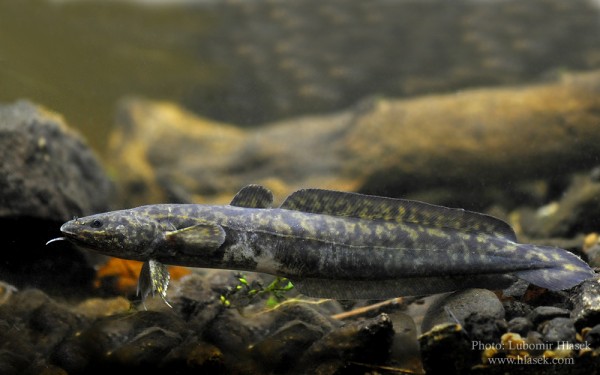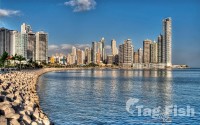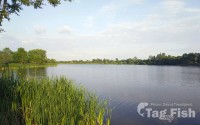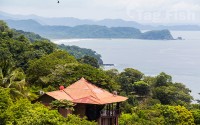Kemijoki
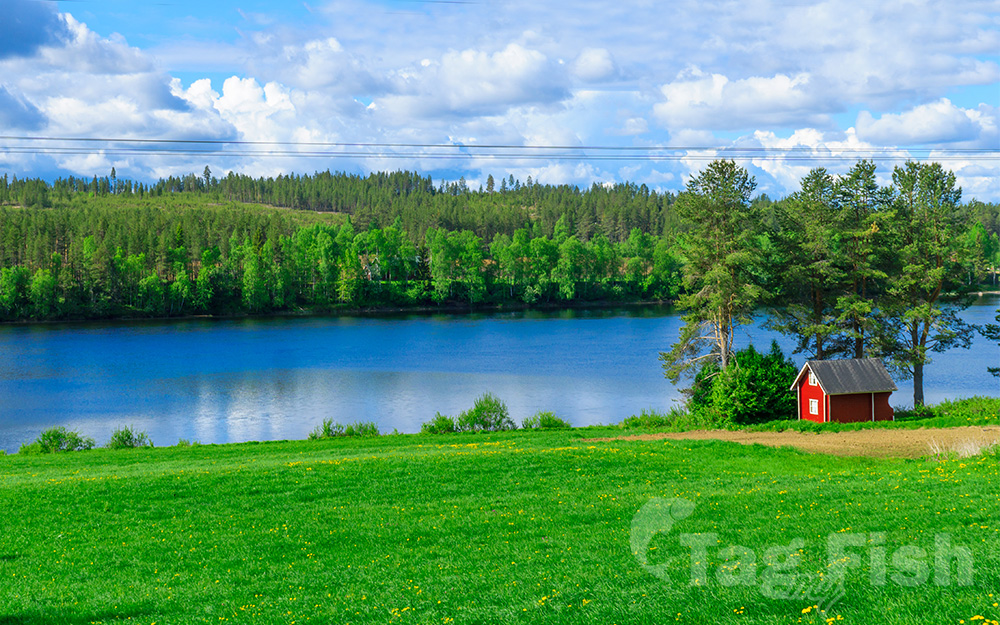
Perciformes - Perches
Salmoniformes - Salmons and Trouts
Esociformes - Pikes
Gadiformes - Cods
Perciformes - Perches
Salmoniformes - Salmons and Trouts
Esociformes - Pikes
Gadiformes - Cods
Perciformes - Perches
Salmoniformes - Salmons and Trouts
Esociformes - Pikes
Gadiformes - Cods
Kemijoki, with its 550 km (340 mi) length, is the longest river in Finland. It runs through Kemijärvi and Rovaniemi before reaching the Gulf of Bothnia at Kemi.
At Rovaniemi the Ounasjoki river merges with Kemijoki.
The first hydroelectric plant on Kemijoki was constructed in 1949 at Isohaara. A total of 15 power plants have been constructed so far. The plants are owned by Kemijoki Oy and Pohjolan Voima Oy. In 2003 the plants produced a total of 4.3 TWh, which was about 34.5% of Finlands total hydroelectric production.
The Isohaara power plant, completed in 1949 near the mouth of the river, has been followed by 20 other power plant dams, burying several rapids under their basins. At the same time, these construction activities have also destroyed the salmon stock in the river which was once among the richest in Europe. The stock has subsequently been kept alive with intense fry-stocking operations. Nowadays, migratory fish can already pass round the Isohaara site through a fishway and it is hoped that migration will become possible through to the confluence with River Ounasjoki in the future.
The most well-known fishing site in River Kemijoki is downstream, below the Isohaara power plant. In this area, people go after sea trout and salmon by trolling plugs, in particular, but casting from the banks is also possible. The largest salmon have weighed over 20 kilos, so there is no point heading out with lightweight tackle. The best time to snare bright migrating salmon is in June and July, whereas trout may already be caught in April.
The headwaters of River Kemijoki offer much smaller-scale fishing experiences in wilder settings. You can go fishing for brown trout and grayling in pleasant surroundings on River Kairijoki, River Kemihaara and the Vikaköngäs Rapids in River Raudanjoki, which are all managed by Metsähallitus, a state enterprise in charge of state-owned lands and waters. The species found in Rivers Kairijoki and Kemihaara also include small but feisty brook trout originating from America.
